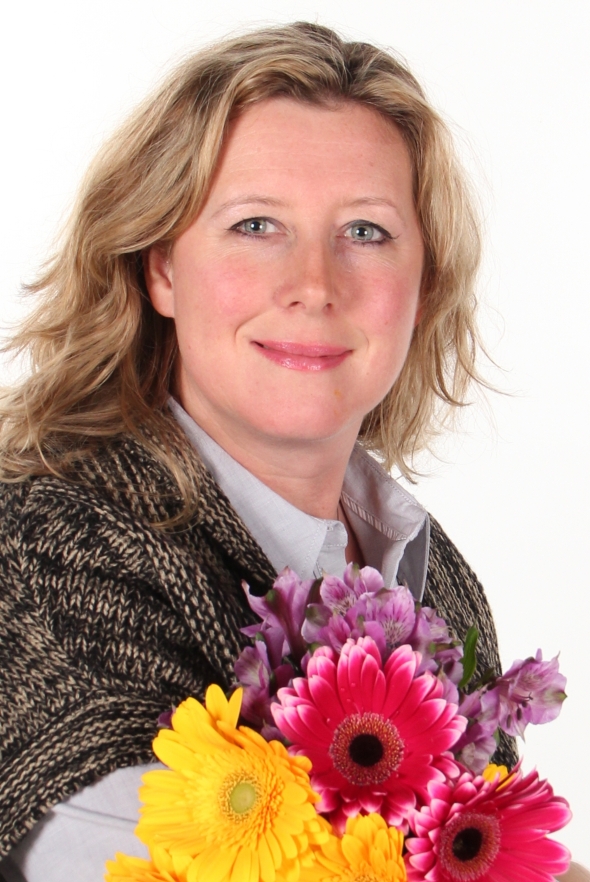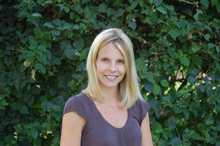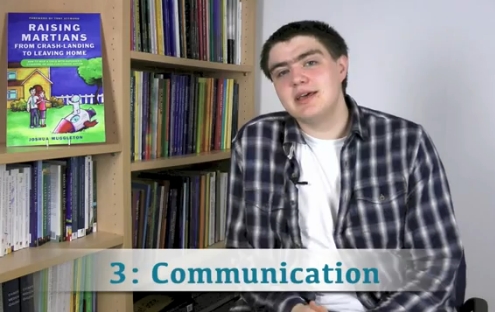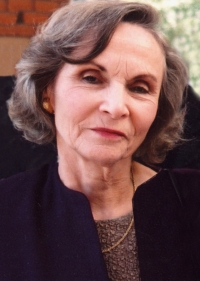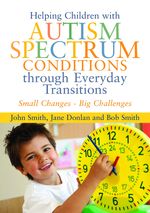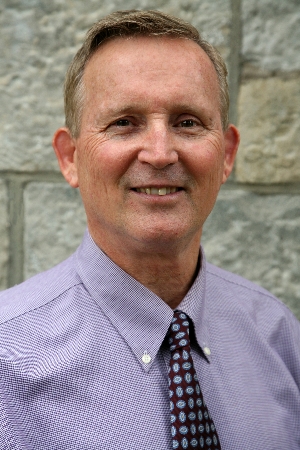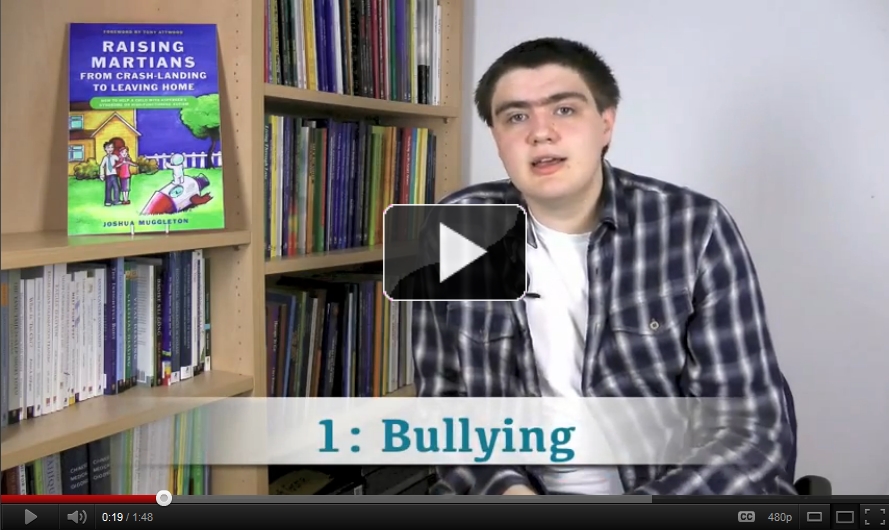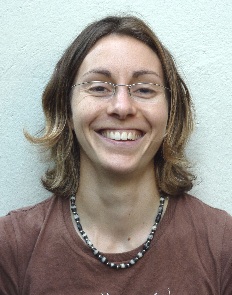Therapeutic Gardening for Kids with Autism Spectrum Disorders and Special Educational Needs – An Interview with Natasha Etherington
“Getting a child with ASD into a garden has so many benefits, not least that they are given some autonomy outside. The most immediate benefit will be a sense of relief and welcome break from the classroom environment. Whilst gardening, we’re practicing social interaction and life skills, and working with soil and plants helps to reduce tactile defensiveness. Learning basic horticultural skills educates in context, and along the way you will also see an increase in language and communication skills.”
